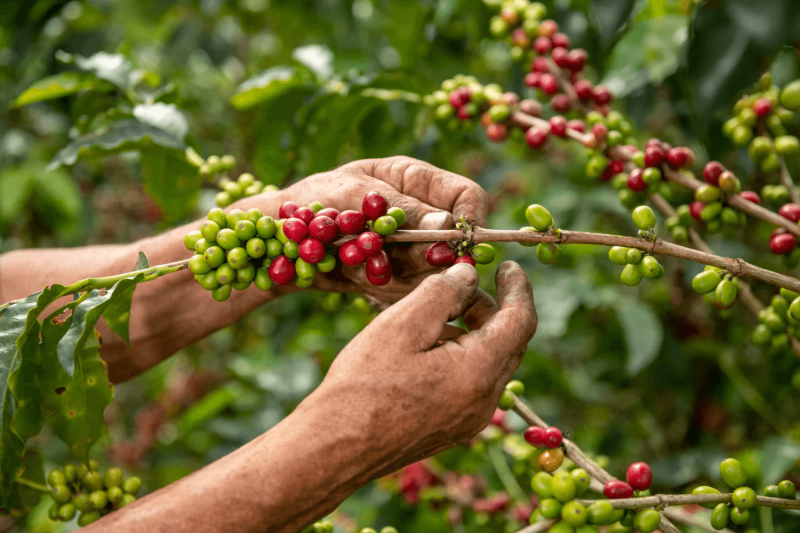A research paper released [April 15] in Nature Genetics mapped the genome and considered the possible origins of the world’s most widely consumed species of coffee: Coffea arabica.
The team of scientists who carried out the coffee genome study, led by researchers from the State University of New York at Buffalo, claimed their research could aid in the production of coffee plants more resistant to climate change and other environmental stresses.
…
Because arabica “harbors a particularly low genetic diversity,” the researchers said, it’s highly susceptible to pests, diseases and changes in climate. There is evidence in nature, however, of arabica hybrids being more resilient than their single-strain ancestors.
A natural hybrid of arabica and canephora coffee plants found on the southeast Asian island of Timor in the 1920s proved resistant to a fungal disease known as coffee leaf rust, and since then the hybrid has been introduced to other widely grown arabica cultivars.
Eventually scientists could modify the plant’s genome directly using CRISPR gene editing technology, said Victor Albert, an evolutionary biology professor at the University at Buffalo.
…
Besides making arabica plants more disease-resistant, Albert suggested that genetically modified coffee plants could be made more resistant to drought and changes in soil salinity. With sufficient changes, the plants could even be engineered to grow in temperate regions.































